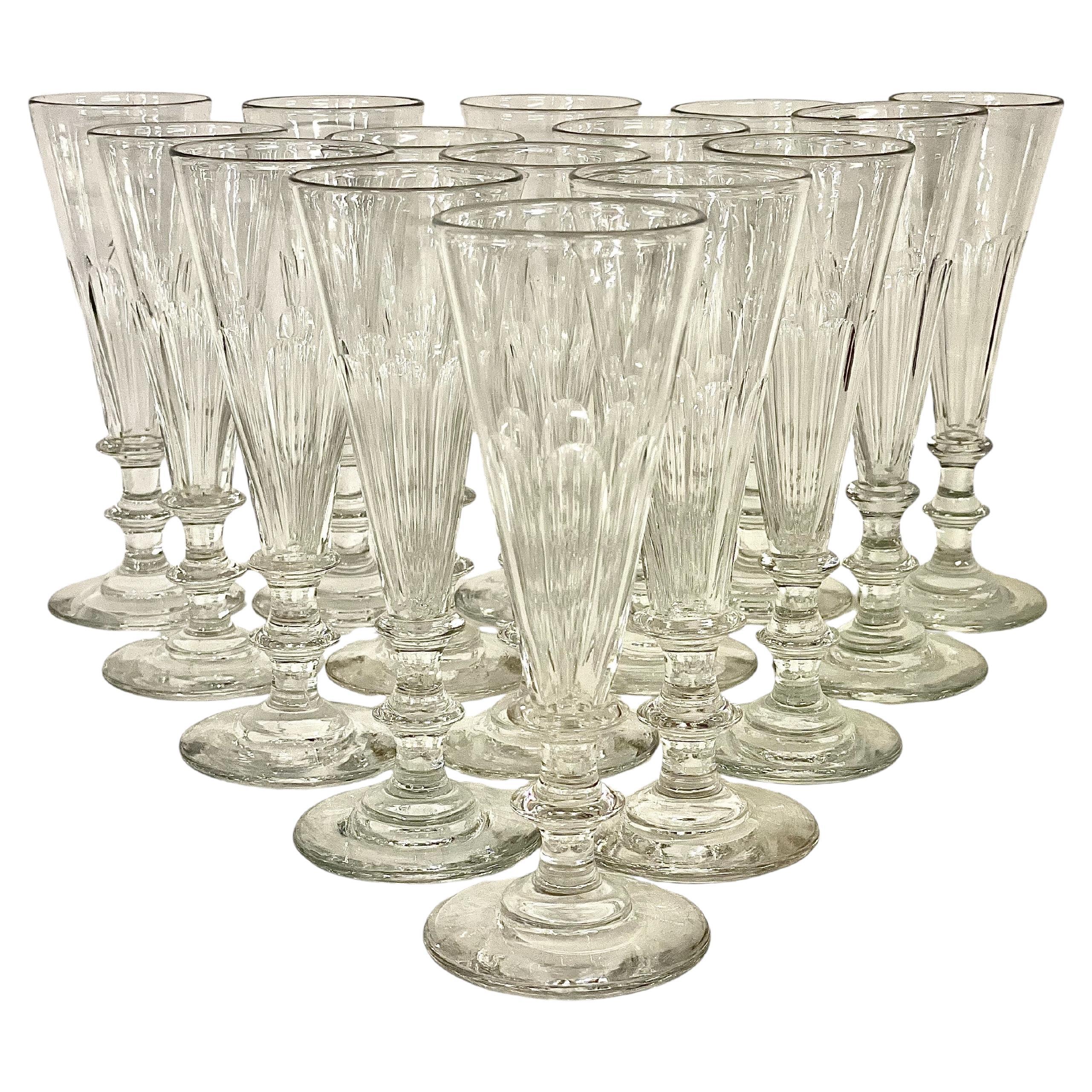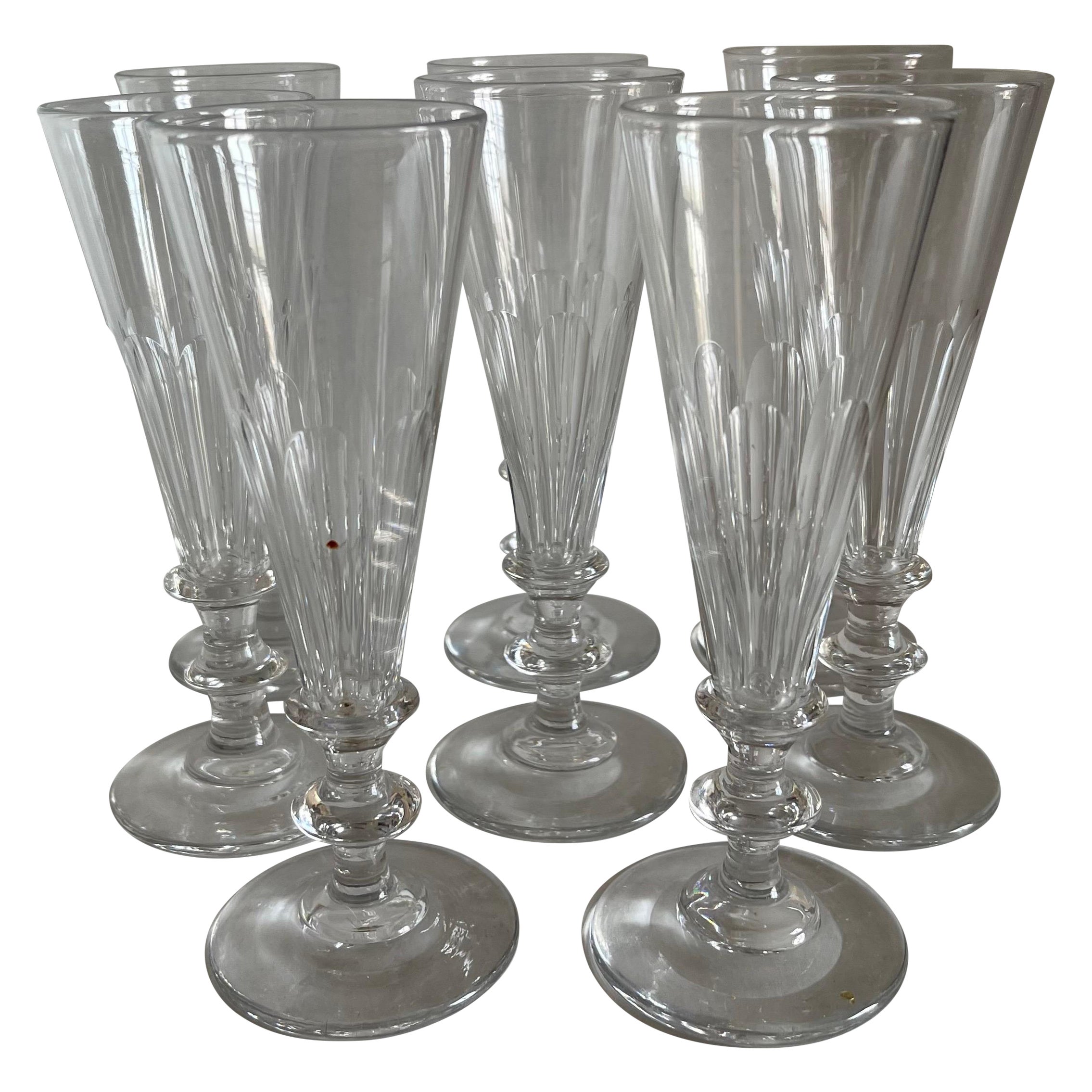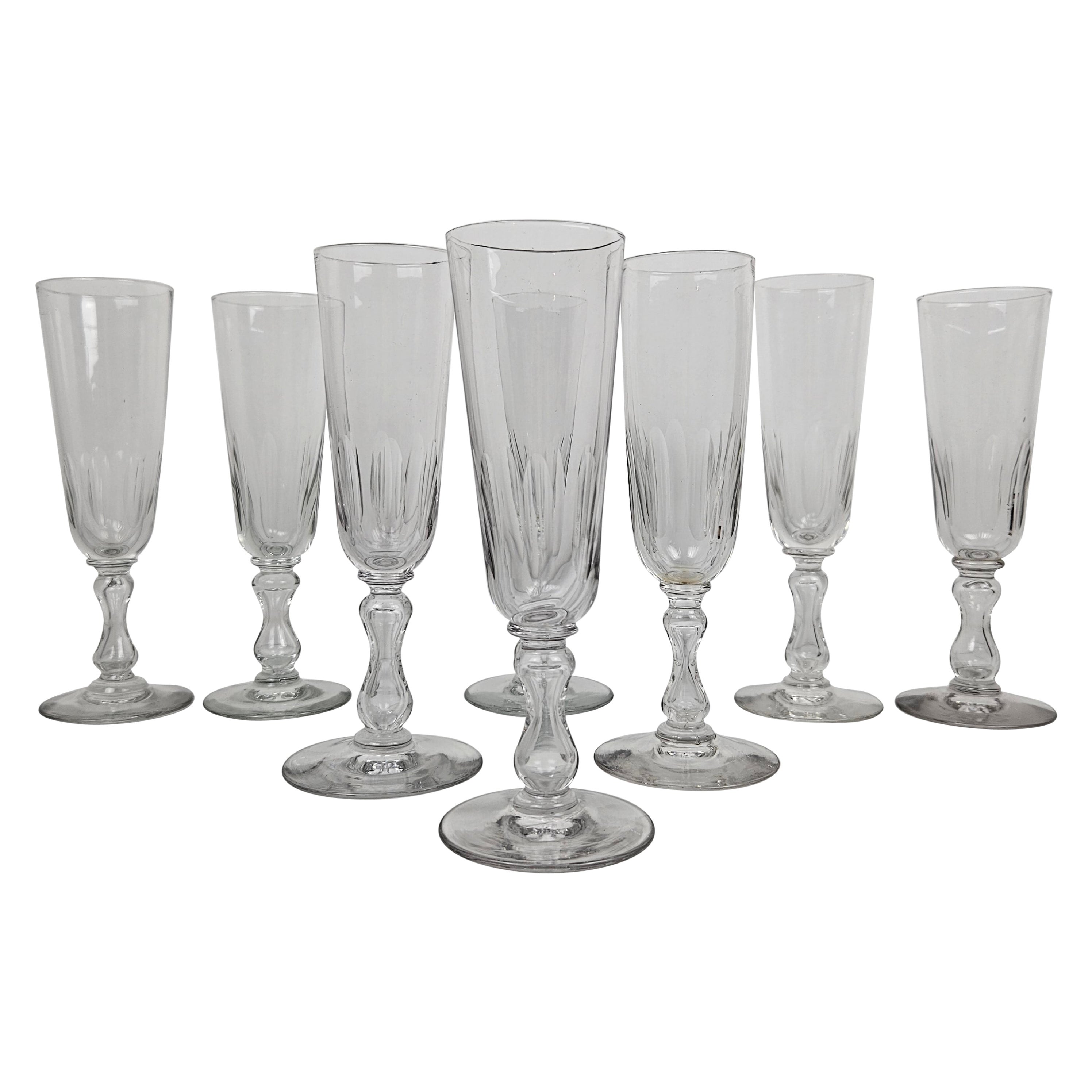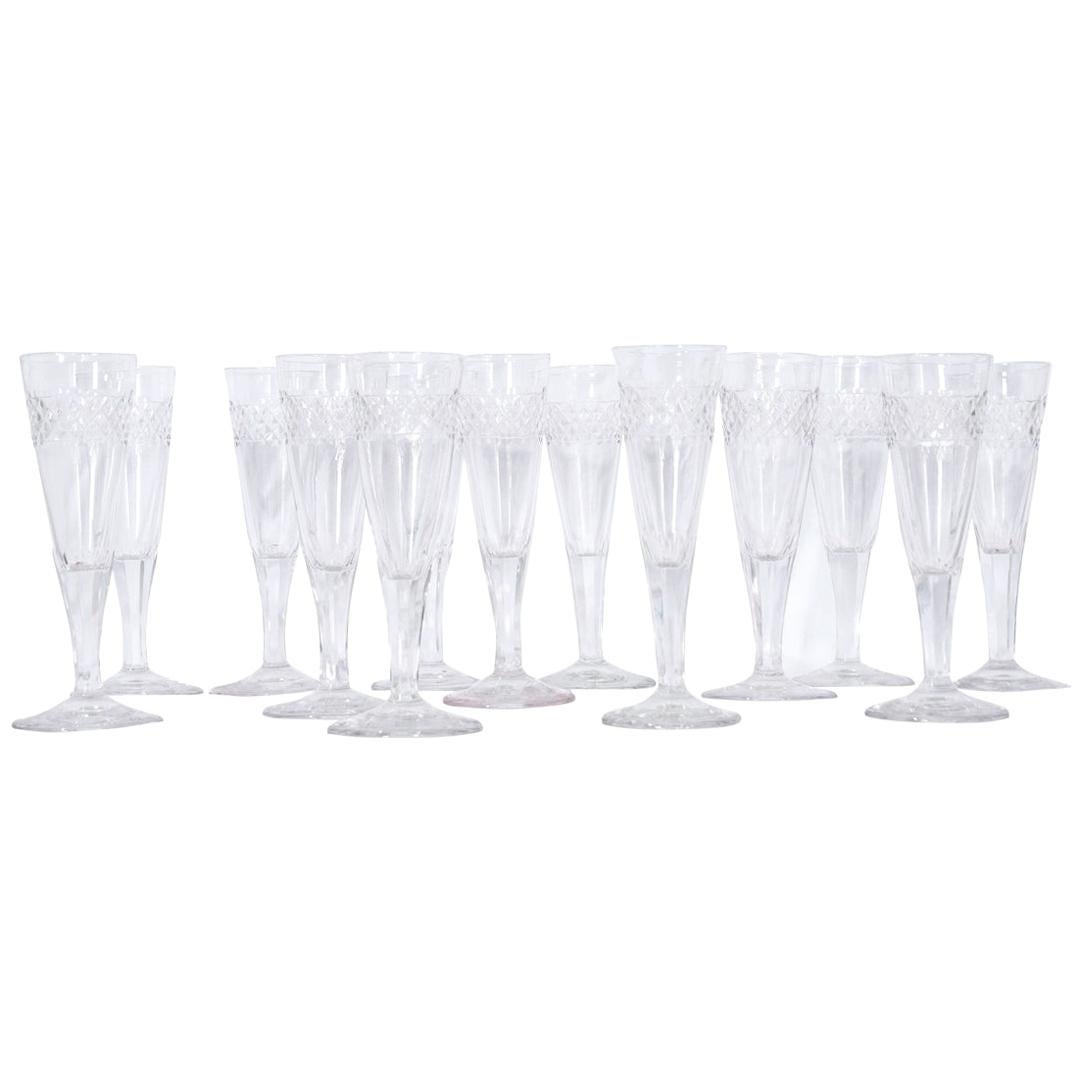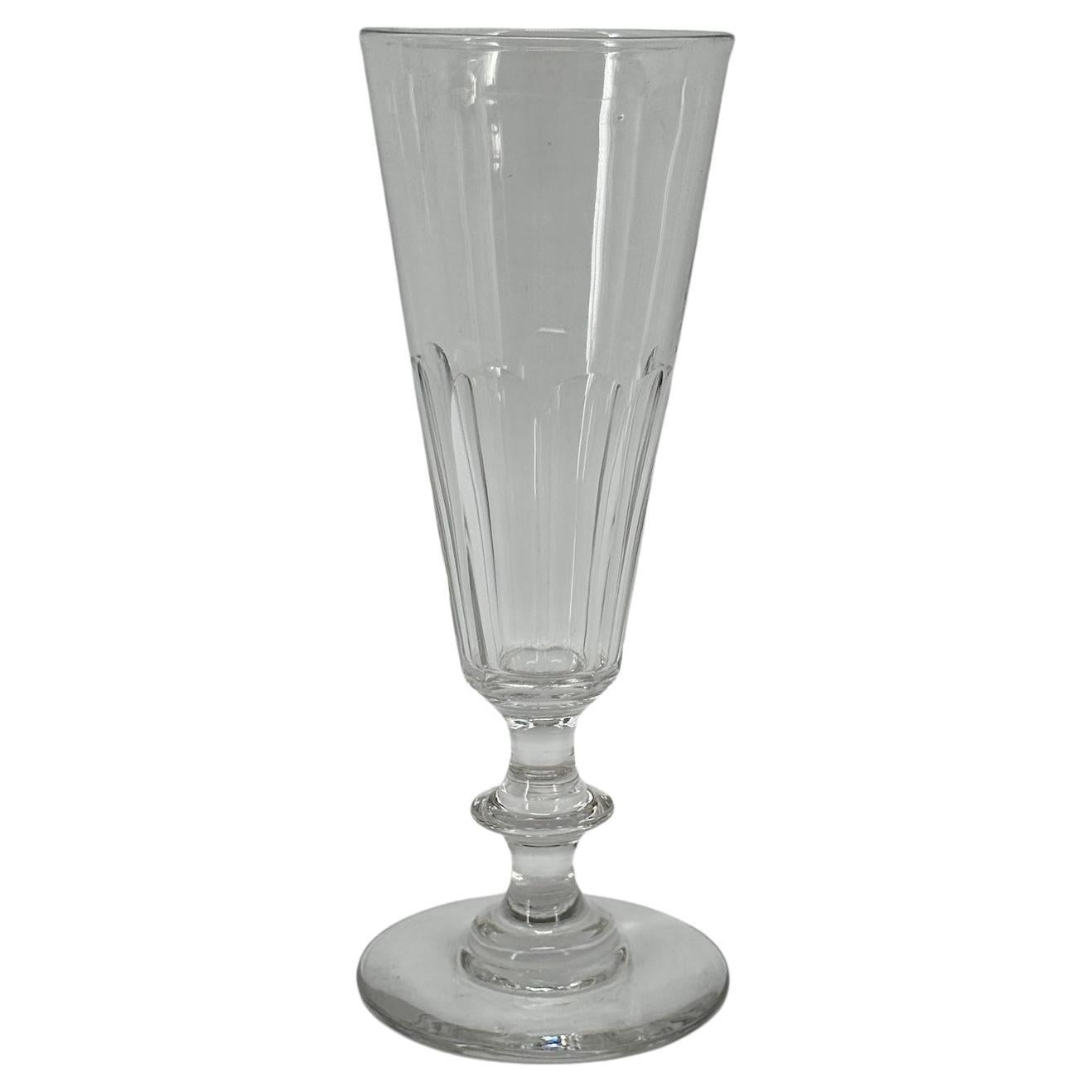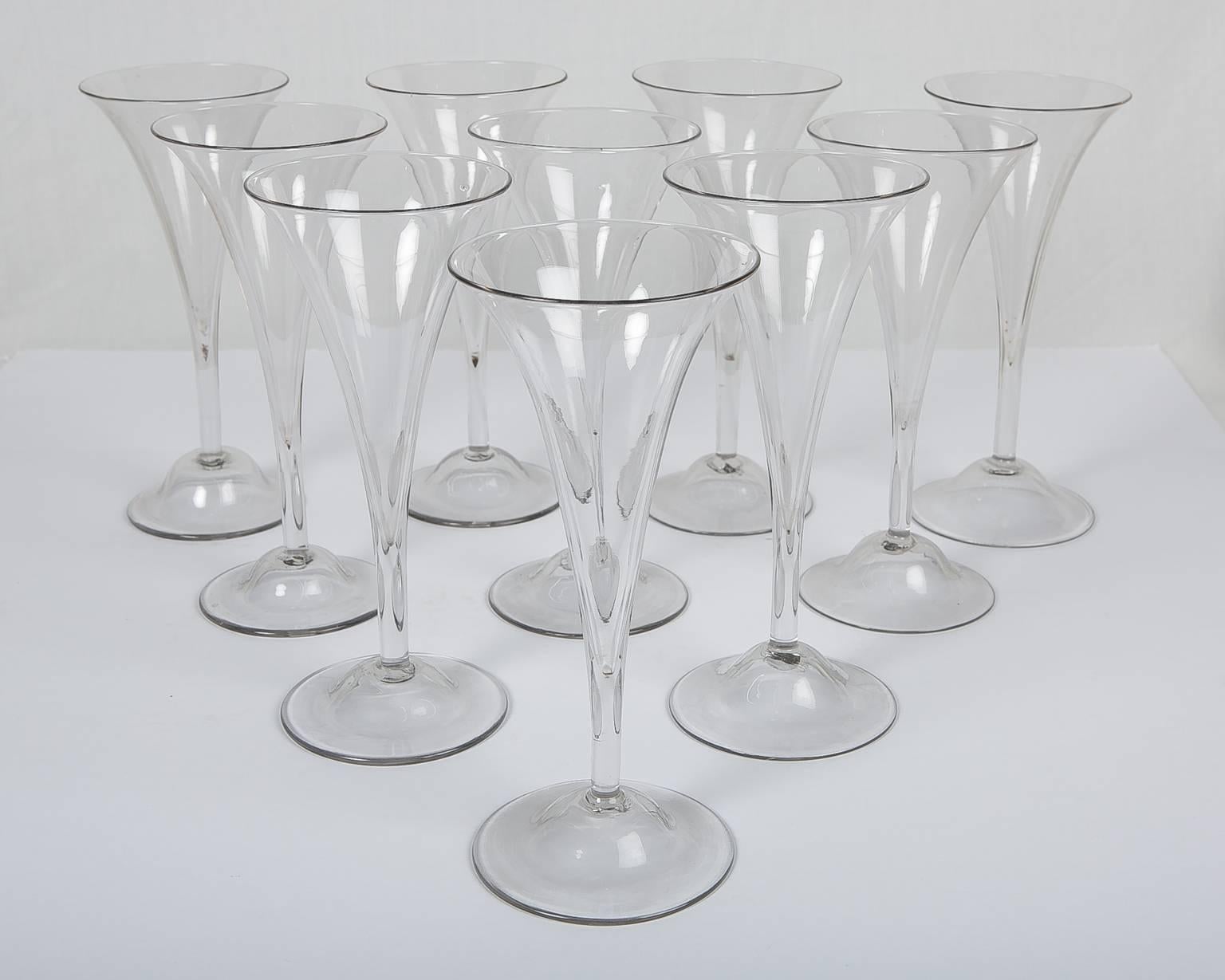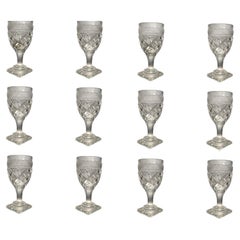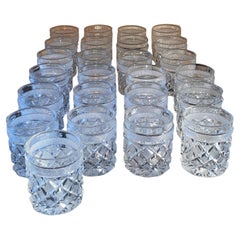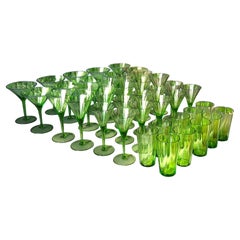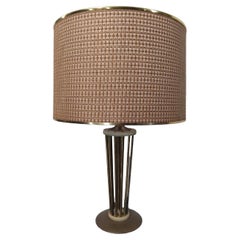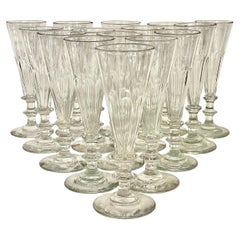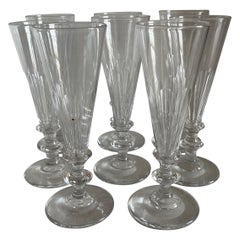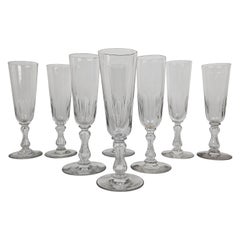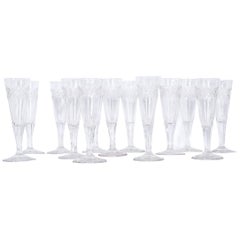Items Similar to Antique Baccarat Champagne Flutes from Sainte Anne factory in Voneche, 1810 cca.
Video Loading
Want more images or videos?
Request additional images or videos from the seller
1 of 22
Antique Baccarat Champagne Flutes from Sainte Anne factory in Voneche, 1810 cca.
$10,849.79per set
£8,154.06per set
€9,150per set
CA$15,194.59per set
A$16,663.79per set
CHF 8,630.67per set
MX$200,228.53per set
NOK 108,680.72per set
SEK 101,999.96per set
DKK 69,726.17per set
About the Item
Important 33 piece set of 1st Empire Champagne Cut-Glass Flutes from Sainte Anne crystal factory in Voneche, 1800 - 1830 cca.
The set provenance:
Collection Baron Charles Jean Maurice Lemonnier (12 January 1860 – 11 September 1930) a Belgian liberal politician and mayor of the City of Brussels.
The set provenance:
Collection Baron Charles Jean Maurice Lemonnier (12 January 1860 – 11 September 1930) a Belgian liberal politician and mayor of the City of Brussels.
Vonèche (Sainte Anne crystal factory in Vonèche, active from 1778 to 1830).
1.The beginnings of the glassmaking adventure in Vonêche date back to the end of the Ancien Régime, when promoter Pierre-Nicolas Mathys hired master blower Gaspard Andrès to install a glass factory. It was created on August 4, 1778, by virtue of a grant granted by the Empress Marie-Thérèse. Production began on December 10, 1779. The premature death of the craftsman and the inexperience of his successors led to the closure of the company in 1793.
On March 10, 1802, Aimé-Gabriel d'Artigues, a wealthy Parisian industrialist, bought the glass factory and transformed it into a crystal factory. He renovated and enlarged the facilities, and made Vonêche the largest crystal factory in the French Empire. The proximity of vast sandy bottoms and important forests, as well as the significant financial participation of Artigues in the lead mines of Aix-la-Chapelle, contribute to making the place a production center with control over the components necessary for the manufacture of crystal. The splendor of the Empire and the economic growth of the upper middle class provided a large clientele eager to purchase luxury items.
In 1810, between 600 and 700 workers worked there. But the fall of Napoleon four years later led to a loss of outlets and a drastic reduction in personnel. Integrated into the new kingdom of the Netherlands, the crystal factory lost the substantial French market. It was at this time that Aimé-Gabriel d'Artigues bought the crystal works of Baccarat, in French Lorraine, and transferred his activities there. However, he retains ownership of the premises. In 1826, the chemist François Kemlin and the engineer Auguste Lelièvre, collaborators of Artigues, left the company to go and found the crystal works of Val-Saint-Lambert. Vonêche closed its doors definitively in 1830.
Today, the quality of Vonêche's productions is still unanimously recognized. There are crystal works by Vonêche at the Louvre, in New York or in Asia. Closer to home, some beautiful pieces are kept at the Museum of Decorative Arts in Namur.
2. Although works of crystal made during this period were rarely marked, there is no doubt, given its great quality, that this drageoir was made by the Cristallerie de Vonêche(link is external) in Beauraing, one of the most prestigious crystal factories in Europe in the early 19th century.
In 1802, the industrialist Aimé-Gabriel d’Artigues(link is external) took over the Verreries Sainte-Anne de Vonêche, which had been founded in 1778. With his degree in chemistry, d’Artigues had already been experimenting in the production of pure lead crystal and, aware of the importance of science and technology working together, he made every effort to perfect the manufacture of crystal through laboratory research. Vonêche rapidly became the most important glassworks in the French Empire, attracting numerous families specialized in crystal making from Alsace and Lorraine.
By 1806, the fame of Vonêche was undisputed. In preparation for the French Trade Fair (l’Exposition générale et publique des produits de l’industrie française), d’Artigues submitted samples of his crystal for examination by members of the Consultative Committee for the Arts and Manufacture of Namur. Members of the committee confirmed that the crystal and the work done to create it were of the greatest beauty. The engraving was perfect, whilst the prices of the company’s crystal appeared to be very reasonable.
A few years later, a report by J.-B.X. Wasseige, a deputy of the Fabriques et Manufactures de la Province de Namur, dated 25 February 1816, pointed out that this crystal works was without doubt one of the finest in Europe; not only could it supply crystal for the domestic market, but it could also make considerable exports abroad. Despite the region becoming part of the United Kingdom of the Netherlands in 1815, d’Artigues made sure that his company could continue to supply his French clients by acquiring the Verrerie de Baccarat in Lorraine, through which he could import his crystal of Vonêche into France.
3. The beginnings of the glassmaking adventure in Vonêche date back to the end of the Ancien Régime, when promoter Pierre-Nicolas Mathys hired master blower Gaspard Andrès to install a glassworks created on August 4, 1778 by virtue of a grant granted by the Empress Marie-Thérèse and whose production began on December 10, 1779. The premature death of Andrès and the inexperience of his successors led to the closure of the company in 1793. On March 10, 1802, Aimé-Gabriel d'Artigues, rich Parisian industrialist, buys the glass factory and transforms it into a crystal factory. He renovated and extended the facilities and made Vonêche the most important crystal factory in the entire French Empire! The proximity of vast sandy bottoms and important forests, as well as the significant participation of Artigues in the lead mines of Aix-la-Chapelle contribute to making Vonêche a production center with control over the components necessary for the manufacture of crystal. The splendor of the Empire and the economic rise of the upper middle class enabled the crystal factories to have a large clientele eager to purchase luxury items. In 1810, between 600 and 700 workers worked there, but the fall of Napoleon led to a loss of outlets and a drastic reduction in staff (400 workers in 1816). Integrated into the kingdom of the Netherlands, the crystal factory lost the important outlet of the French market. Aimé-Gabriel d'Artigues then bought the Baccarat crystal works in Lorraine and transferred his activities there. In 1826, the chemist François Kemlin and the engineer Auguste Lelièvre, employees of Aimé-Gabriel d'Artigues, left the company to go and found the crystal works of Val-Saint-Lambert in Seraing. The activities ceased definitively in Vonêche in 1830. The owner remained the only inhabitant of the place and resided in his very beautiful castle 1, built at the height of his glory.
In 1802, the old vonêchoise glassworks was developed by Aimé-Gabriel d’Artigues, from the glassworks that had existed there since 1778. Although it was a real success and had more than 650 workers, nothing remains of it today. Nevertheless, it is interesting to know that those who created the old vonêchoise glassworks were the ones who developed it in 1802, from the glassworks that had existed there since 1778, by Aimé-Gabriel d’Artigues. Although it was a real success and had more than 650 workers, nothing remains of it today. Nevertheless, it is interesting to know that those who created, in 1826, the famous Liège crystal factory of Val Saint-Lambert were none other than Kemlin and Lelièvre, former directors at Vonêche.
- Creator:Voneche (Manufacturer)
- Dimensions:Height: 7.88 in (20 cm)Diameter: 2.17 in (5.5 cm)
- Sold As:Set of 33
- Style:Empire (Of the Period)
- Materials and Techniques:
- Place of Origin:
- Period:
- Date of Manufacture:1810 circa
- Condition:Wear consistent with age and use. The condition is very good.
- Seller Location:Trieste, IT
- Reference Number:1stDibs: LU10622247109822
About the Seller
New to 1stDibs
Joined in the past six months.
No Reviews Yet
Vetted Professional Seller
Every seller passes strict standards for authenticity and reliability
1stDibs seller since 2025
- ShippingRetrieving quote...Shipping from: Trieste, Italy
- Return Policy
Authenticity Guarantee
In the unlikely event there’s an issue with an item’s authenticity, contact us within 1 year for a full refund. DetailsMoney-Back Guarantee
If your item is not as described, is damaged in transit, or does not arrive, contact us within 7 days for a full refund. Details24-Hour Cancellation
You have a 24-hour grace period in which to reconsider your purchase, with no questions asked.Vetted Professional Sellers
Our world-class sellers must adhere to strict standards for service and quality, maintaining the integrity of our listings.Price-Match Guarantee
If you find that a seller listed the same item for a lower price elsewhere, we’ll match it.Trusted Global Delivery
Our best-in-class carrier network provides specialized shipping options worldwide, including custom delivery.More From This Seller
View AllAntique Baccarat Set of 12 Wine Glasses from Sainte Anne Factory, Voneche, 1810.
By Voneche
Located in Trieste, IT
Important 12 glasses set of 1st Empire wine Cut-Glass goblets from Sainte Anne crystal factory in Voneche, 1800 - 1830 cca.
The set provenance:
Collection Baron Charles Jean Mauric...
Category
Antique 1810s Belgian Empire Glass
Materials
Blown Glass, Cut Glass
Antique Baccarat Tumbler glasses from Sainte Anne factory in Voneche, 1810 cca.
By Voneche
Located in Trieste, IT
Important 33 piece set of 1st Empire Cut-Glass Tumbler glasses from Sainte Anne crystal factory in Voneche, 1810 circa. Similar pieces are in fundus of the Louvre collection. "Gobele...
Category
Antique 1810s Belgian Empire Glass
Materials
Blown Glass, Cut Glass
Art Deco Green Glass Set, Austria 1920s
By Oswald Haerdtl
Located in Trieste, IT
Beautifully handcrafted hand blown green glasses set consisting of 10 champagne, 10 red wine, 10 white wine and 10 water glasses together with one water jug and two carafes with stop...
Category
Vintage 1920s Austrian Art Deco Glass
Materials
Glass
$4,090 / set
Vintage Table Lamp with Braided Drum Lampshade, Italy 1980s.
By Stilnovo
Located in Trieste, IT
Unusual table lamp, designer and manufacturer unknown. Probably made by an artist for personal use. Retrieved from a villa in a town near Bologna, Lombardy, Italy. The lamp consists ...
Category
Vintage 1980s Italian Mid-Century Modern Table Lamps
Materials
Brass
Pair of Mid-Century Artistic Glass and Brass Table Lamps, Italy 1970’s
Located in Trieste, IT
Pair of 1950s Designed table lamps, manufactured in Italy in 1970/80s probably custom made and according to the previous owner only four pieces were made by an artisan in Bologna. T...
Category
Vintage 1970s Italian Mid-Century Modern Table Lamps
Materials
Brass
Secessionist Brass Lamp with Glass Wands, Austria, Early 20th c
By Wiener Werkstätte
Located in Trieste, IT
Brass secessionist lamp with glass rods, Austria, early 20th century
Brass chandelier with glass rods.
The lamp diffuses a soft light thanks to the glass rods
acting as speakers.
Lam...
Category
Early 20th Century Austrian Vienna Secession Chandeliers and Pendants
Materials
Brass
You May Also Like
Set of 15 Cut Crystal Champagne Flutes 19th Century
Located in LA CIOTAT, FR
An exquisite set of six handblown crystal Champagne glasses or 'flûtes', dating to the mid-19th century, circa 1850–1880, and likely attributed to the renowned Baccarat glassworks. D...
Category
Antique Early 19th Century French Glass
Materials
Crystal
Antique American 1850 Blown Flint Glass Champagne Flutes, Set of 8
Located in Stamford, CT
Set of eight Antique American 1850 Blown Flint Glass Champagne Flutes. Very good original condition with no signs of repair.
Category
Antique 1850s American American Classical Glass
Materials
Glass
Elegant Set of 8 Antique French Hand-Blown Champagne Flutes, 1900
Located in Oud Beijerland, NL
This stunning set of eight antique French champagne flutes beautifully showcases the craftsmanship of the late 19th century.
Each flute is hand-blown from clear glass and features a...
Category
Antique Early 1900s French Romantic Glass
Materials
Glass
Set of French 19th Century Cut Crystal Champagne Flutes
Located in Baton Rouge, LA
Set of 13 French glasses, circa 1820. These crystal flutes have a cut design around the bowl and overall tapered design with faceted stems.
Category
Antique 19th Century French Other Glass
Materials
Crystal
Champagne Cristal Glasses, French XIXth Century, More Available
By Baccarat
Located in Crespières, FR
Clear champagne crystal glasse from the XIXth century, a classical model, with a beautiful clear sound.
The facetted decor around catches the light and reflects it even more. The s...
Category
Antique Late 19th Century French Napoleon III Glass
Materials
Crystal
Ten Large Crystal Champagne Flutes Hand-Blown Antique Glass England Circa 1820
Located in Katonah, NY
This is a remarkable set of ten hand-blown English crystal champagne flutes, made in the early 19th century, circa 1820, each standing an impressive 8.5 inches tall—an exception...
Category
Antique Early 19th Century English Neoclassical Barware
Materials
Crystal
